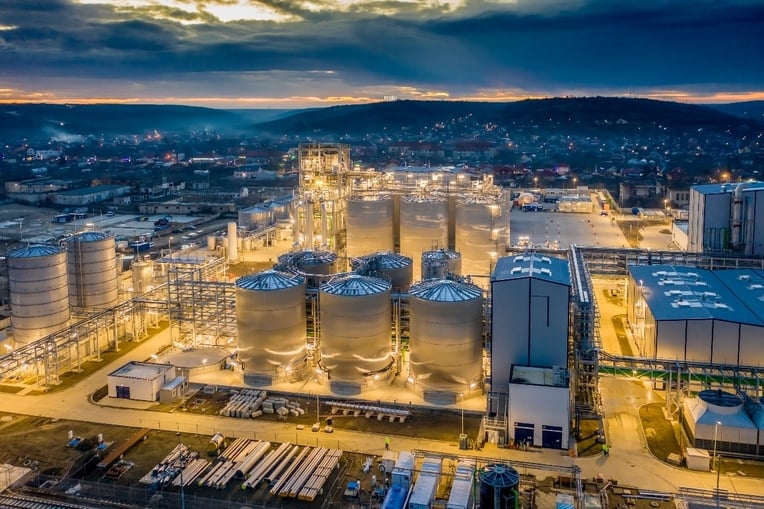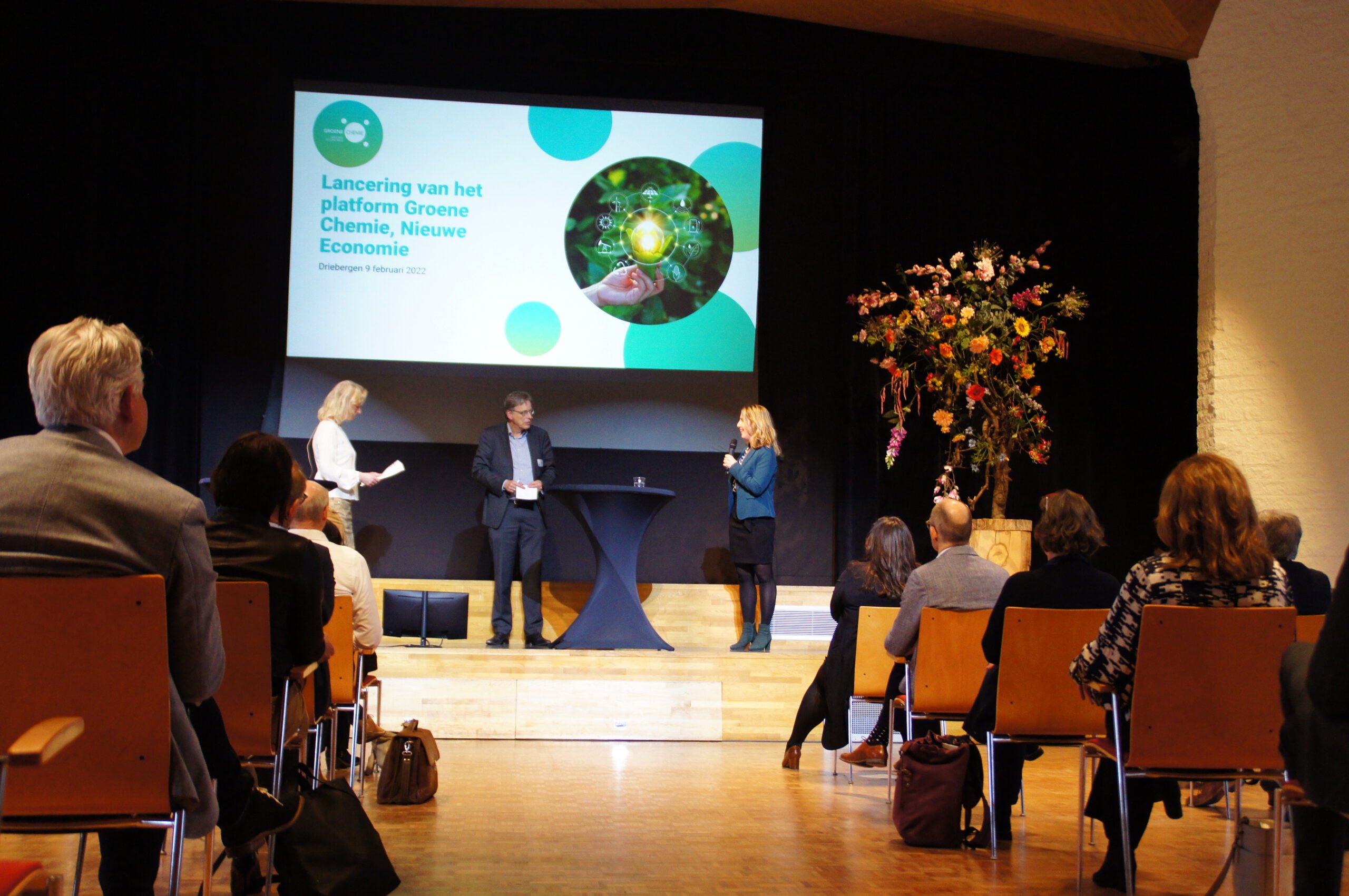
Nico Pleeging, director of engineering at the southern region of Bilfinger Tebodin, sees an important role for the company as far as the energy transition is concerned. The company designs large factories and provides the drawings, calculations and plans that a contractor then uses to carry out their construction. “Our clients are mainly large industrial companies. They need engineers, for example, to calculate plans for new or existing factories and make drawings of the various processes. From that perspective, we can help them make the transition from oil and gas to renewable energy sources,” says Pleeging. The use of sustainable energy and the greening of raw materials is changing the way factories are now set up. “These companies have to reinvent themselves,” he states.

The Tebodin engineering firm was founded just after World War II to rebuild industry in the Netherlands. Since 2012, it has been part of the German company Bilfinger. “The idea that Bilfinger has, is to be able to support clients throughout the entire life cycle of an investment. From the initial idea and design to the implementation to even the demolition or redesign of a factory later on,” Pleeging says. “We are ideally placed to fulfil this role surrounding new technologies, such as high voltages, hydrogen and the capture and storage of CO2. With these kinds of developments, the deck is being reshuffled, so we can also look at a new or even an expanded role for us.”
3D Models
Within a short period of time, digitalization has become very critical in the design process of new factories. “We work exclusively with 3D designs nowadays. This enables us to integrate different disciplines more easily,” he adds. A client can then walk through the 3D design wearing a pair of VR glasses. “That gives people a much better idea of what the plans entail. For many people, it is very difficult to imagine a building just from a drawing on a sheet of paper. In 3D, it really comes to life and you see how the design will eventually become reality.”
Increasingly, 3D models are integrated with other data models such as GIS and photo, video or systems like Google View, to name a few. “We then superimpose a new project, for example a heat network, onto an existing environment,” Pleeging explains. That way, local residents can immediately see what is going to happen and how the final result will actually turn out. “That’s very important to create a support base. We can let a wider audience visualize complicated designs and drawings more easily this way.”
Anticipating things better
It’s also a great development for the construction industry itself. “By working in 3D, we can anticipate issues in the design process that we would otherwise only encounter during the construction phase,” he says. As an example, he mentions the construction of a large factory where various cranes and scaffolds are used. “In the 3D model, it became clear that the crane could not stand in the planned place because a scaffold would be in the way during the hoisting work. If we’d only found that out during construction, we would have faced a few days delay. Now we saw that in advance in the digital design, so we were able to come up with an alternative plan beforehand.”
In detail
Also, even different designers from different offices can easily work with each other on the design itself. “You all work with the same model. This means you can immediately see what everyone is working on,” he says. He cites an example: “In a room, a door and a pipe need to be installed. It can sometimes happen that the structural engineer and the mechanical engineer both had in mind the same place for the door and the pipe. But of course, you can’t place a pipe in front of the opening of a door. So, now we figure those kinds of things out very quickly and can coordinate everything from the outset.
Digitalization has profoundly changed the design process for engineers. “When we were still working on paper, we would always make an approximate sketch first. That was then fleshed out step by step,” he says. “Now that everyone works digitally, a phased approach is more difficult because everything is immediately visible in the model. As a result, details are worked out earlier in the design process. This benefits the quality of the work, Pleeging believes. “If all parties involved then work together in the same program, this creates a much better overview.”

Open mind
According to Pleeging, these two developments -digitization and making construction sustainable- mean that competitors no longer really exist. “In the past, everyone kept their cards close to their chests. Now different parties are more open about their ideas and plans. That ultimately leads to the best result. Collaboration between chain partners is essential in order to achieve a major social challenge such as the energy transition. This is also the reason why Bilfinger Tebodin established itself on the Brightlands Chemelot Campus in Geleen last year. “The campus enables people to find each other and pool their strengths,” Pleeging states.
He wants to help start-ups on campus scale up to a pilot plant and eventually to a complete factory. “These young companies have novel ideas and are inventing new technologies and processes in the lab. We are unable to do that, but we can help these companies scale up. We have gained a great deal of knowledge and experience about that over the past decades across different markets and sectors. As such, we can make cross-sector connections to stimulate innovation even more.”

